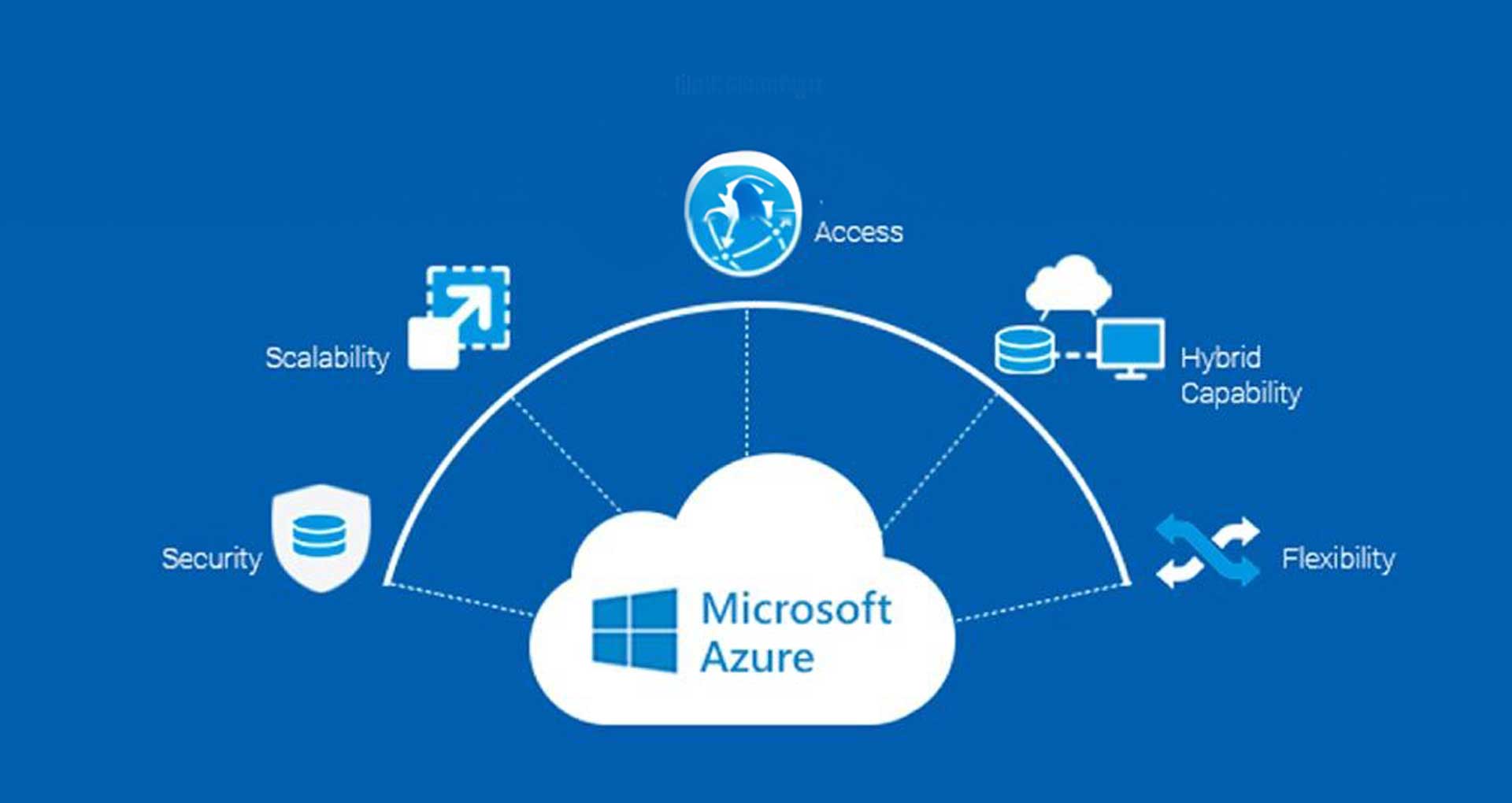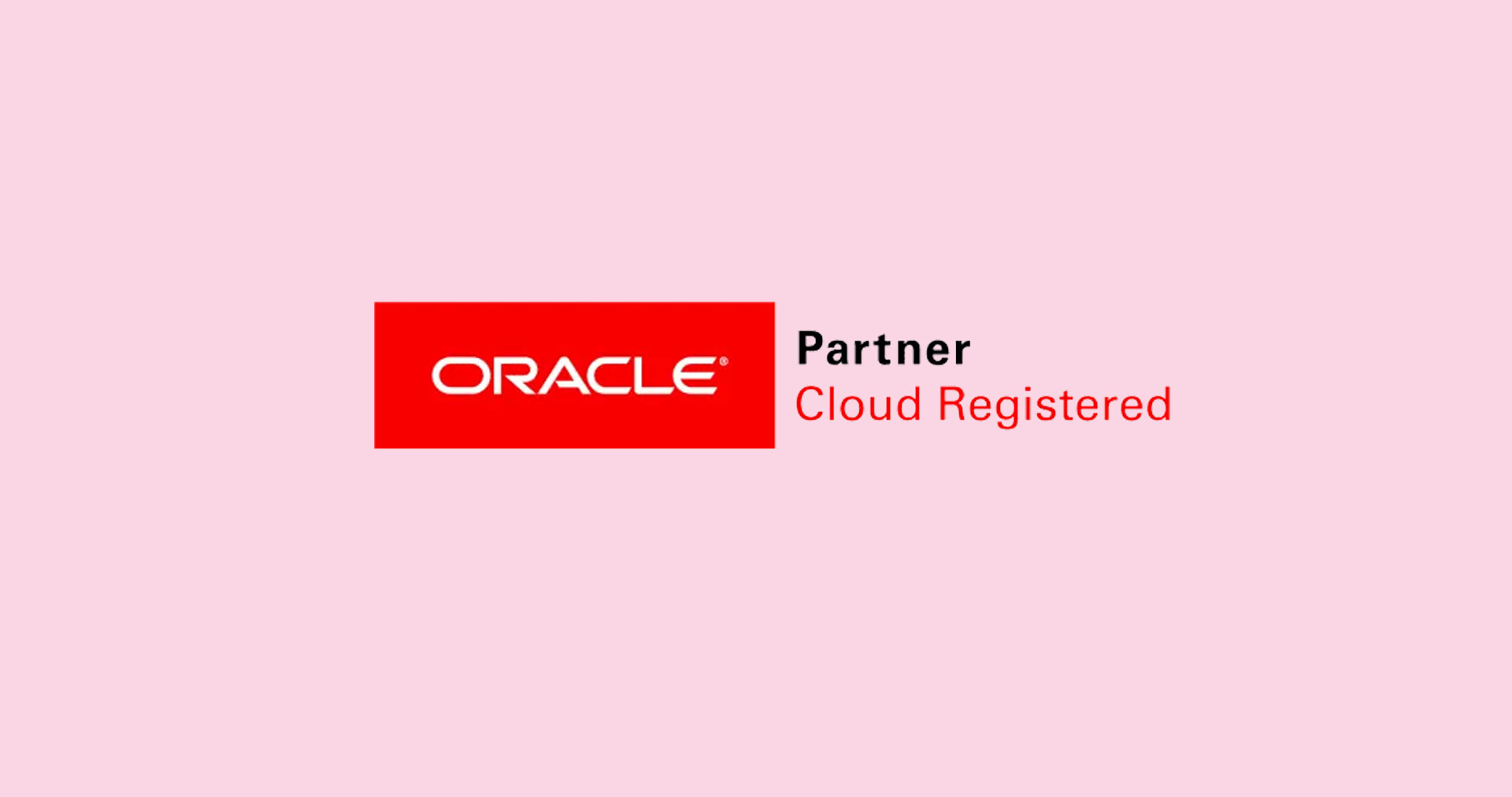In today’s fast-paced digital landscape, organizations are dealing with an explosion of data like never before. Data is the lifeblood of modern businesses and organizations of all sizes and industries. They are increasingly relying on it to drive their growth and success. However, many of them still struggle with legacy data systems that are inefficient, inflexible, and unable to keep up with the pace of technological change.
Data modernization has become critical for businesses looking to stay competitive in today’s data-driven marketplace. In this blog, we will explore the concept of data modernization and the role of the cloud in data modernization with the benefits of implementing a successful modernization strategy. We will also discuss some best practices for organizations starting their data modernization journey.
So, let’s get started!
What is Data Modernization?
Data modernization is about upgrading an organization’s legacy data systems to more modern and agile architectures that can support the changing needs of the business. The goal of data modernization is to make data more accessible, functional, and actionable while also reducing the complexity and costs associated with managing large amounts of data. It would involve rethinking how data is stored, collected, processed, and analyzed while leveraging new technologies and tools that enable faster and more efficient data processing, storage, and analysis. Simply put, it is a critical initiative for organizations that want to unlock the total value of their data, stay competitive across their industry segment, and provide better customer experiences.
The Role of the Cloud in Data Modernization
The cloud has emerged as a critical enabler of data modernization, providing organizations with a flexible and scalable platform to store, manage, and analyze data. Cloud-based data modernization allows businesses to break free from the limitations of on-premises data systems and take advantage of the cloud’s agility, speed, and cost-effectiveness.
With cloud-based data modernization, organizations can now centralize their data in a single, easily accessible location and scale their infrastructure up or down as needed. Businesses can effectively generate valuable insights by utilizing modern data infrastructure like cloud data warehouses and data lakes. They can also use advanced data analytics tools, such as machine learning and artificial intelligence, to help them extract valuable insights from their data.
Cloud architectures help businesses to leverage:
- Elasticity to adapt to changing computing needs by scaling resources up and down as needed and saving costs.
- Capacity for efficient and optimum utilization of resources for applications as required without investing in data infrastructure.
- Automated data pipelines for processing within a repository.
- Advanced tools for data processing, analytics, business intelligence, and more without purchasing additional licenses.
In addition, the cloud offers robust security features that help protect against data breaches and ensure compliance with data regulations.
Did you know?
According to Statista;
- 34% of respondents stated that their organization had fully implemented data modernization technologies like Hadoop data lakes
- 50% are currently in the implementation process but are yet to complete data modernization
- Fintech industry is the frontrunner, with about 90% of respondents stating that their organization is in the process of modernizing data
Overall, cloud-based data modernization offers organizations a powerful solution to modernize their data systems, gain a competitive edge, and drive innovation.
Top 8 Benefits of Data Modernization

Data modernization offers several benefits to organizations of all sizes, including enterprises, SMBs, and start-ups looking to make the most of their data assets. Here are some key benefits:
- Improved Data Quality: Legacy data systems can be prone to errors, redundancies, and inconsistencies. Data modernization involves cleaning up and standardizing data, resulting in higher quality and accuracy. It helps consolidate data to get a single version of the truth, increase its quality, and build trust.
- Greater Agility: Modern data systems are more flexible and adaptable than legacy systems, allowing businesses to respond quickly to changing market conditions and customer needs.
- Enhanced Analytics Capabilities: Data modernization enables organizations to use advanced analytics tools like machine learning and AI to extract valuable insights from their data and make better business decisions.
- Enhanced Data Processing: Data users can quickly identify relevant information and valuable data for analysis and reporting.
- Improved Accessibility: Remote employees can access required data anytime for uninterrupted business operations.
- Sustainable Business Growth: Companies get a reliable data ecosystem with standardized processes across systems and applications, which helps in business growth.
- Data-Backed Decisions: Organizations develop a culture of making fast, informed decisions based on accurate data backed by robust analytics.
- Reduced Ownership Costs: Cloud offers a pay-as-you-go billing model, transforming capital expenditures into operational expenses. So, companies reduce costs with cloud data modernization by avoiding investment in real estate, on-premise infrastructure, and its security and maintenance.
The Role of Data Governance in Data Modernization
Data Governance is the foundation of data modernization. It provides the framework and guidelines for managing data effectively and efficiently. Data governance involves defining policies, processes, and procedures for collecting, storing, processing, and analyzing data and ensuring that data is accurate, consistent, and secure. It helps organizations ensure that their data is modernized to align with business objectives while complying with regulatory requirements and privacy laws. Data governance helps organizations identify and prioritize their data assets and determine which data sets are most valuable for their business.
Effective data governance helps organizations overcome some critical challenges associated with data modernization, such as data quality issues, data silos, and lack of transparency. By establishing clear policies and procedures for enterprise data management, data governance can help ensure that data is consistently and accurately managed across the organization and easily accessible to those who need it.
So, before starting data modernization, you need to comprehensively understand your company’s data, like its types, categories, access management policies, etc.
Ask yourself questions like:
- Which information/data is critical and most used within my organization?
- Does the data have on-premise dependencies?
- Which is the highly-sensitive data requiring additional security during transformation?
- How does the data storage comply with regulations?
- Who has access to the data, and how much?
Overall, data governance is a critical component of data modernization. It helps organizations manage their data assets effectively and efficiently and ensures that their data is aligned with their business goals and objectives.
Data Modernization Roadmap

As discussed, data modernization is updating and transforming legacy data systems into modern data platforms that can support emerging technologies and data-driven decision-making. Here’s a general outline of key steps that offers a structured approach to this process, outlining the steps required to achieve the desired state.
- Discovery: Start by taking stock of all your data. In this step, you clearly define the goals and objectives of the modernization effort. It should include clearly understanding the business needs, the challenges of the current data architecture, and the desired outcomes. It would start with identifying existing data sources, systems, processes, and any associated limitations or challenges. Followed by defining the desired data architecture, including the data sources, methods, and techniques required to support the business needs.
- Categorization and Prioritization: Next, categorize your data assets according to value. Check if they are in line with critical business capabilities. Finally, measure the effort for modernization/migration. The best practice is to start with a high-value/low-effort group, followed by a low-value/high-effort one. It should consider factors such as the importance of each initiative to the business, the level of effort required, and any dependencies or risks associated with each endeavor.
- Planning: Create a detailed plan of your modernization/migration journey, including potential roadblocks and how you will overcome them. Ensure that the data migration process doesn’t disrupt the performance of your applications and systems. It must include a timeline, resource requirements, and any dependencies or risks associated with each step.
- Execution: Analyze your plan well and keep it flexible to accommodate any last-minute tweaks, if required. Focus on driving the best outcome with minimal disruptions. Document everything vigorously to cover even the smallest of details. This knowledge will help you make iterations and improve the process. It would involve implementing the various initiatives required to achieve the desired state and monitoring progress to ensure that milestones are met and any issues are addressed.
- Assessment: Assess the ROI of your modernization effort and map it with the projected ROI. Understand the outcomes and address the pitfalls in the following iteration. It would involve regularly reviewing key performance indicators and stakeholder feedback and adjusting the plan to achieve the desired results.
By following these key steps, organizations can successfully navigate the complex data modernization process and achieve the desired outcomes.
Key Considerations Before Starting Cloud Data Modernization
Data modernization can’t always be smooth and straightforward. You might face challenges like extracting data from legacy systems stored at multiple siloed data sources, poor data quality, and the access policy restricting smooth data migration to the modern data platform. Additionally, there could be a high dependency on legacy systems, and your organizational policies, culture, and regulations don’t support cloud migration. Therefore, before starting cloud data modernization, several key considerations must be remembered. Here are some of the most critical ones:
- Business Needs: Ensure that the decision to modernize is aligned with the overall business objectives and goals. Identify which data and applications are critical to the company and assess how cloud data modernization can help to achieve this.
- Skills: Determine whether your organization has the necessary skills and expertise to manage cloud data modernization. If not, consider hiring external experts or investing in employee training to ensure that the process is successful.
- Data Security: Evaluate the cloud service provider’s security protocols and ensure they comply with your organization’s security standards. Establish data encryption, access controls, and backup protocols, and implement them consistently across all your data sets.
- Cost: Understand the costs associated with cloud data modernization, including licensing fees, cloud storage fees, and any additional charges related to data integration, security, and governance.
- Data Governance: Establish policies and ensure that they are enforced across all data sets, whether in the cloud or on-premise. It provides that data is consistently managed, secured, and compliant with industry regulations.
- Integration: Plan how data will be integrated with other applications and services in the cloud. Identify potential integration challenges, and determine how to address them to ensure data flows smoothly between different systems.
- Data Quality: Assess the data quality that will be migrated to the cloud. Ensure that data is cleansed, standardized, and enriched to ensure accurate analysis and decision-making.
How can Rishabh Software Help with Cloud Data Modernization?
Choosing the right data modernization services partner can make the difference between the success and failure of your data strategy. We have the experience and knowledge to enable you to take a holistic approach with our data engineering services. Aligned to your business priorities, we help reimagine your data platform in the cloud. Our seasoned architects and engineers make modernizing your legacy data systems and applications faster and more cost-efficient. They have hands-on experience with cloud technologies & platforms – AWS & Azure. We apply an efficient and smart approach to move business data to/from on-prem legacy systems onto modern databases, including cloud storage infrastructure (data lakes or warehouses) or new target platforms. Our team builds and implements intelligent platforms that facilitate real-time exploration & analysis of data from disparate systems. We help you migrate, modernize & manage your databases and dataflows on scalable cloud-based systems
Success Story: Digital Ad Inventory Management Software Modernization

A leading outdoor advertising (ad) company wanted to streamline and upgrade its legacy ad inventory system. It was with manual data management processes across disparate systems.
We helped re-engineer the software that could process millions of data sets to offer inputs in real-time, enhance inventory use, and address many bookings simultaneously. The revamped solution helps track ad placement orders based on their live status and across diverse regions, from selection to delivery over a simplified user interface.
Our team:
- Enabled migration to the AWS Cloud platform,
- Implemented a master-slave architecture to support the infrastructure and manage many requests,
- Created a data lake to store ad inventory data using JSON,
- Carried out data engineering in the cloud to clean and structure high-volume of data coming from multiple sources, and
- Integrated many media types into the system to enhance revenue.
Benefits Delivered;
- 70% improvement in response time
- 100% inventory utilization
- 99% reduction in the site downtime instances
Read more about how the modernized digital ad inventory management software helped our client track multiple orders from diverse regions in real-time and fulfill them.
Concluding Thoughts
While data modernization is a crucial process that enables organizations to transform and optimize their data infrastructure, it meets the demands of today’s rapidly evolving digital landscape. And by implementing modern data management tools and technologies, businesses can gain valuable insights, streamline their operations, and enhance their decision-making capabilities. Whether through cloud migration, data consolidation, or adopting new data analytics and visualization tools, data modernization offers numerous benefits that can help organizations stay competitive and achieve long-term success. However, it’s essential to approach data modernization with a strategic mindset and a thorough understanding of your business’s unique needs and challenges. With the right approach, data modernization can be a powerful driver of growth and innovation for your organization.











 30 Min
30 Min


